Five Year-End Tax Planning Strategies for a Business
Tax planning should be a year-round endeavor, not a year-end afterthought. Many of the most effective tax strategies for businesses require months of preparation. Nevertheless, as the end of the year approaches, consider the following five last-minute strategies to minimize your taxes for 2024.
1. Time income and deductions
Income boosts your tax bill, while deductions reduce it. So, to the extent you’re able to defer income to next year and accelerate deductible expenses into this year, you can generate tax savings.
If your business is on the cash method of accounting, for example, it may be possible to defer income by postponing invoices or accelerate deductions by paying certain expenses in advance. Businesses that use the accrual method have less flexibility to control the timing of income and expenses, but they may be able to use the next two ideas to lower their tax bills.
2. Defer employee bonuses
Under certain circumstances, accrual-basis businesses can deduct bonuses awarded to employees (other than certain owners) this year even though they’re paid next year. To qualify for this treatment, bonuses must be “fixed and determinable” by the end of this year and must be paid within two-and-a-half months after the end of the tax year (by March 15 for calendar-year taxpayers).
Generally, a bonus is “fixed and determinable” if the following conditions are met:
- The employee has earned the bonus by year end,
- All events have occurred that require the business to pay the bonus, and
- The amount can be determined with reasonable accuracy.
For example, bonuses that are contingent on an employee’s continued employment through the payment date aren’t deductible this year (with a possible exception for certain bonus pools).
3. Defer tax on advance payments
Another potential strategy for accrual-basis businesses is to defer income from certain advance payments — that is, payments this year for products or services that won’t be delivered or performed until next year. Examples include licensing fees, subscriptions, membership dues, and payments under guaranty or warranty contracts.
Advance payment income may be deferred to the extent that it’s recorded as deferred revenue on an “applicable financial statement.” Examples of an applicable financial statement include an audited financial statement or a financial statement filed with the Securities and Exchange Commission.
4. Contribute to retirement plans
If you own an interest in a pass-through business — such as a partnership, limited liability company, S corporation or sole proprietorship — an effective year-end tax planning strategy is to make additional deductible contributions to retirement plans. This applies only if you haven’t already maxed out your contributions.
Typically, these contributions must be made by the end of the year. However, certain plans, including SEP IRAs, allow you to deduct contributions made up until your tax return due date (including extensions).
5. Buy equipment
Now may a good time to take advantage of tax incentives that allow you to immediately write off some or all of the cost of eligible equipment, machinery or other fixed assets that otherwise would be capitalized and depreciated over several years. For example, you’re currently allowed to deduct up to 60% of the cost of eligible assets, including most equipment and machinery, as well as off-the-shelf computer software and certain commercial building interior improvements. The deduction limit is scheduled to drop to 40% next year and 20% in 2026. It’s scheduled to sunset in 2027, unless Congress revises the tax law.
Another option is to elect Section 179 expensing, which allows you to immediately deduct 100% of the cost of qualifying equipment and vehicles. Note that the maximum Sec. 179 deduction is $1.22 million for 2024, and the deduction is phased out once a company’s total purchases exceed a certain threshold ($3.05 million in 2024).
Keep in mind that to take advantage of these tax incentives in 2024, it’s not enough simply to purchase eligible assets by the end of the year. You must actually place them in service this year.
Review your tax circumstances
Whether these or other year-end strategies are right for you depends on your business’s particular tax circumstances. For example, if you expect your business to be in a higher tax bracket next year, you may be better off accelerating rather than deferring taxable income. Your tax advisor can help determine the best strategies for your situation.
Sidebar: Should you change your accounting method?
If your business is eligible, switching from the accrual method of accounting to the cash method may provide you with more flexibility to defer taxable income. At one time, most businesses with gross receipts exceeding $5 million were required to use the accrual method, but that threshold has increased to an inflation-adjusted $25 million. The inflation-adjusted figure for 2024 is $30 million.
If your business’s average gross receipts for the previous three years were less than $30 million, you may qualify as a “small business” that’s eligible to use the cash method. (Note: Certain businesses whose gross receipts exceed the threshold are also eligible.)
Another potential strategy is to revisit your method of accounting for inventory. The last-in, first-out (LIFO) method can provide a significant tax advantage when inventory costs increase over time. That’s because it allocates the most recent (and therefore higher) costs first, increasing the cost of goods sold and, therefore, reducing taxable income.
This material is generic in nature. Before relying on the material in any important matter, users should note date of publication and carefully evaluate its accuracy, currency, completeness, and relevance for their purposes, and should obtain any appropriate professional advice relevant to their particular circumstances.
Share Post:









